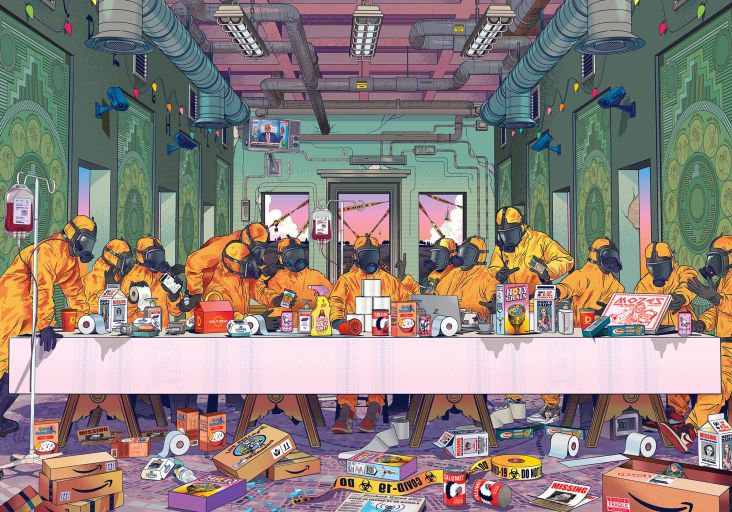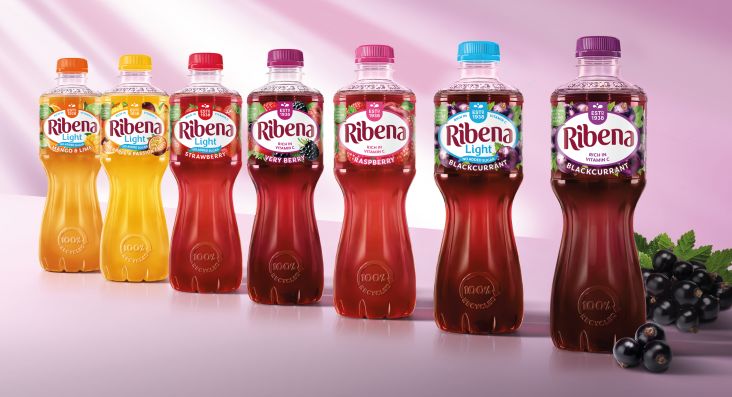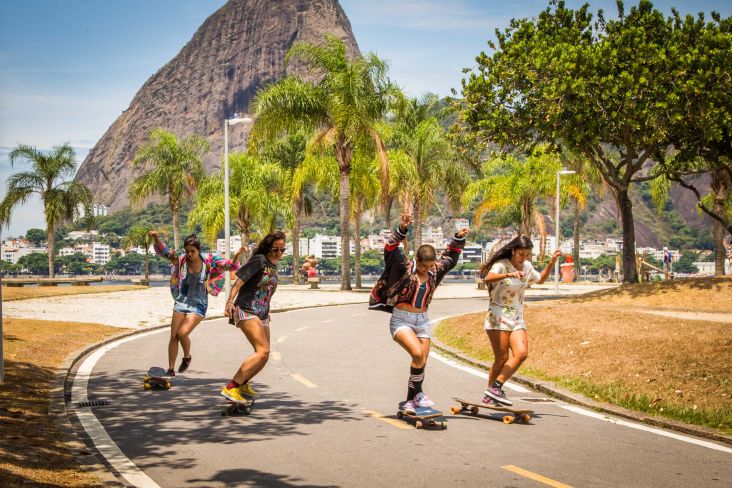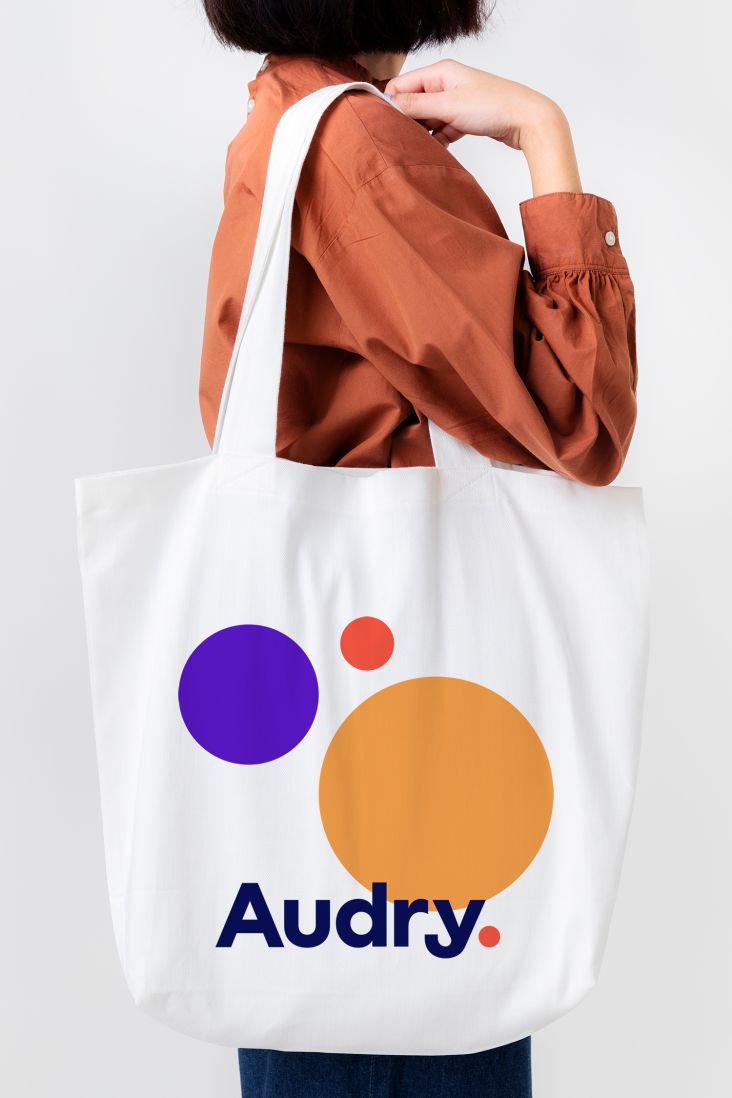Late Works merges graphic design, conceptual art, sound and bold new modes of collaborating – and it's brilliant
Over the summer, we had a socially distanced sit-down in the stunning grounds of the William Morris Gallery in Walthamstow – the former home of a man who revolutionised how we think about art, design, social activism and the connection between chintzy wallpaper and revolution. It seemed a fitting spot to chat about the south London-formed experimental music and art collective Late Works, with its founder and graphic designer Joseph Bradley Hill.
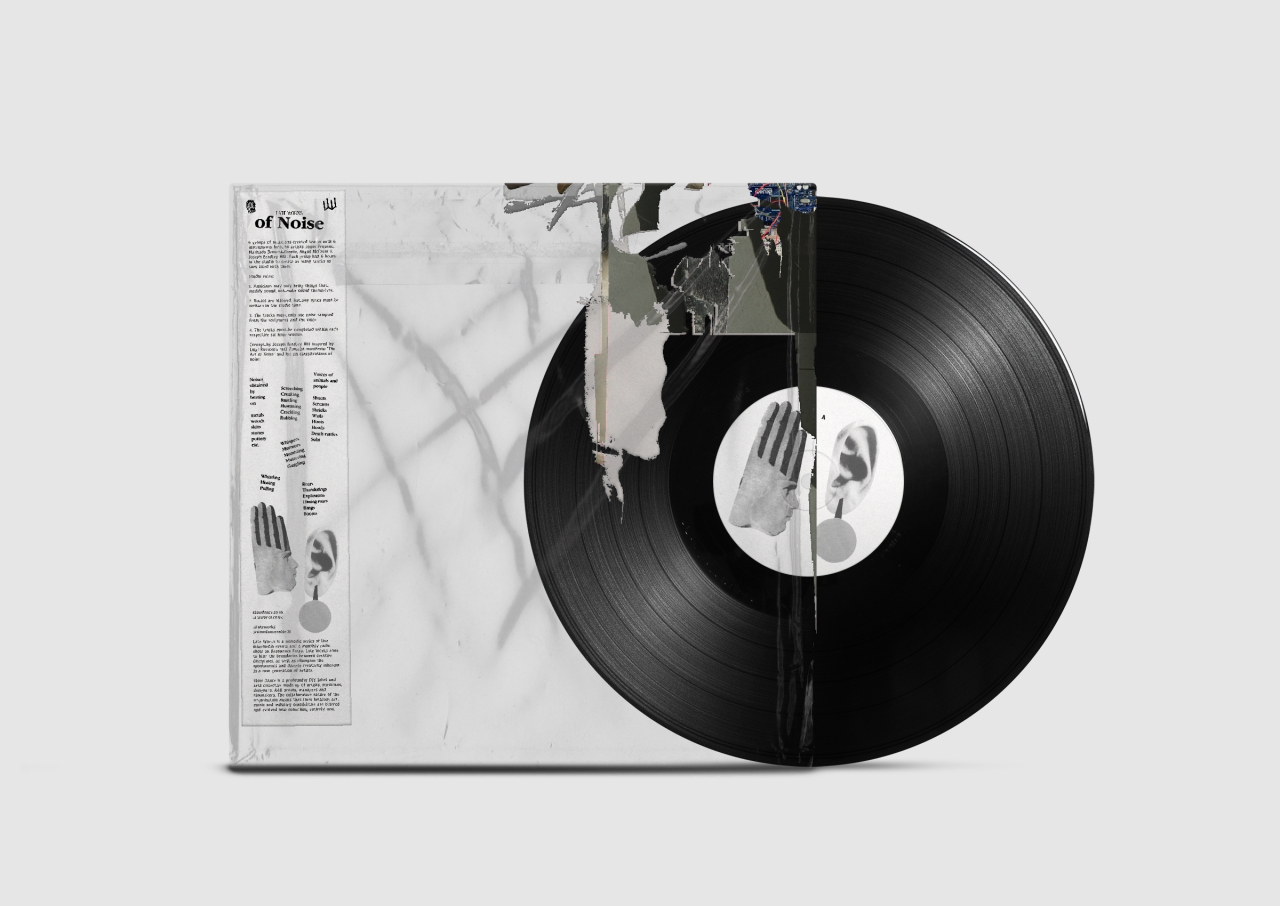
Late Works: Of Noise
Morris was a man who flipped previous preconceptions about artistic disciplines and the relationships between their practitioners and, in doing so, demonstrated the power of creative work beyond its end product. While these are different times to the Victorian England in which Morris lived and worked – and we're not suggesting that a south London-formed experimental music collective is analogous to his legacy – their shared multifariousness and progressive ideas in terms of art and craft seem self-evident.
Broadly, Late Works comprises a live events series, recorded pieces, and a monthly radio show formed as a sequence of responsive musical pieces sent in by listeners and artist interviews and readings. The By Ear series of shows sees musicians nationwide improvise along with the pieces played on air. The projects are conceptually and sonically fascinating, but their design is also superb: it's clear that Hill is something of a type-nerd and little surprise that he still practices graphic design to pay the bills.
Late Works is putting out its first vinyl release this month, Late Works: Of Noise, with indie label Slow Dance. We spoke to Hill about his sprawling project and discovered its intricate foundations in often-complex, always fascinated legacies of conceptual art.
How would you describe what Late Works is and what it does?
Late Works is a permutable collective of artists, musicians, filmmakers, writers, dancers and designers who populate a nomadic series of live intermedia events of the same name. Since September 2018, I've collaborated with more than 135 artists to put on eight events across London, alongside the Late Works monthly radio show on Resonance Extra.
Initially aiming to examine the gesamtkunstwerk concept, Late Works has developed into a set of heavily process-based experimental events united by an ethos of indeterminate intermedia improvisation. Late Works has involved many award-winning emerging artists from some of the most prestigious UK art institutions, including the Royal Academy, Royal College of Art, Slade and more, including five Bloomberg New Contemporaries and artists exhibited and held in many collections locally and internationally.
How do you approach the design elements for Late Works and Of Noise?
When designing anything for Late Works, one of my rules is that there should be no extraneous content that has not stemmed directly from the core concept where possible. This creates a visual identity that lives and breathes itself and, I believe, makes the design stronger. Because the design process started before the instruments had been built, myself (Joseph Bradley Hill) & Jake Vine found source images and inspiration online linked to the words "of noise" through their metadata.
The lettering for the title 'Of Noise' came from a screenshot of Pendragon Press' 1987 version of Luigi Russolo's 1913 Futurist manifesto The Art of Noises, the inspiration behind the event. The head, hand and ear and the spiked border came from adverts in old Spanish noise magazines, cleaned up and arranged in Photoshop together to create a conversation between the two and allude to the mental and physical reactions that the musicians would have to the instruments. This led to the first poster before the recording started, which announced the groups and the listening/launch party.
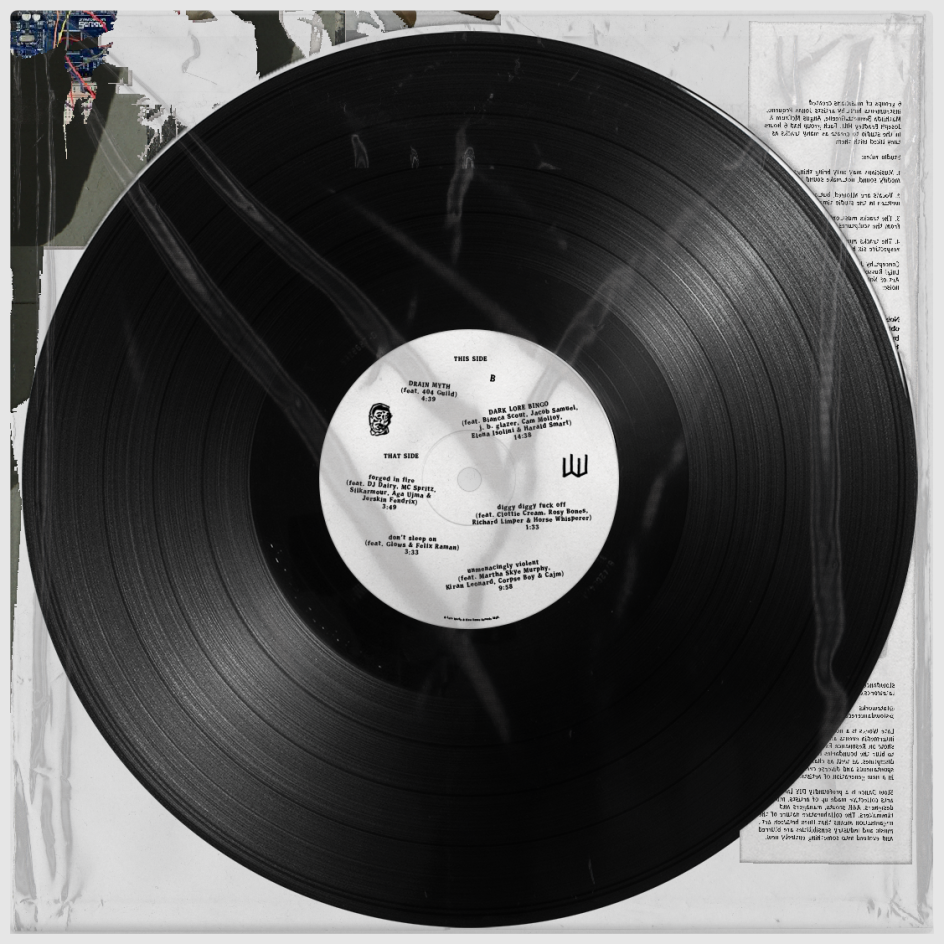
Late Works: Of Noise
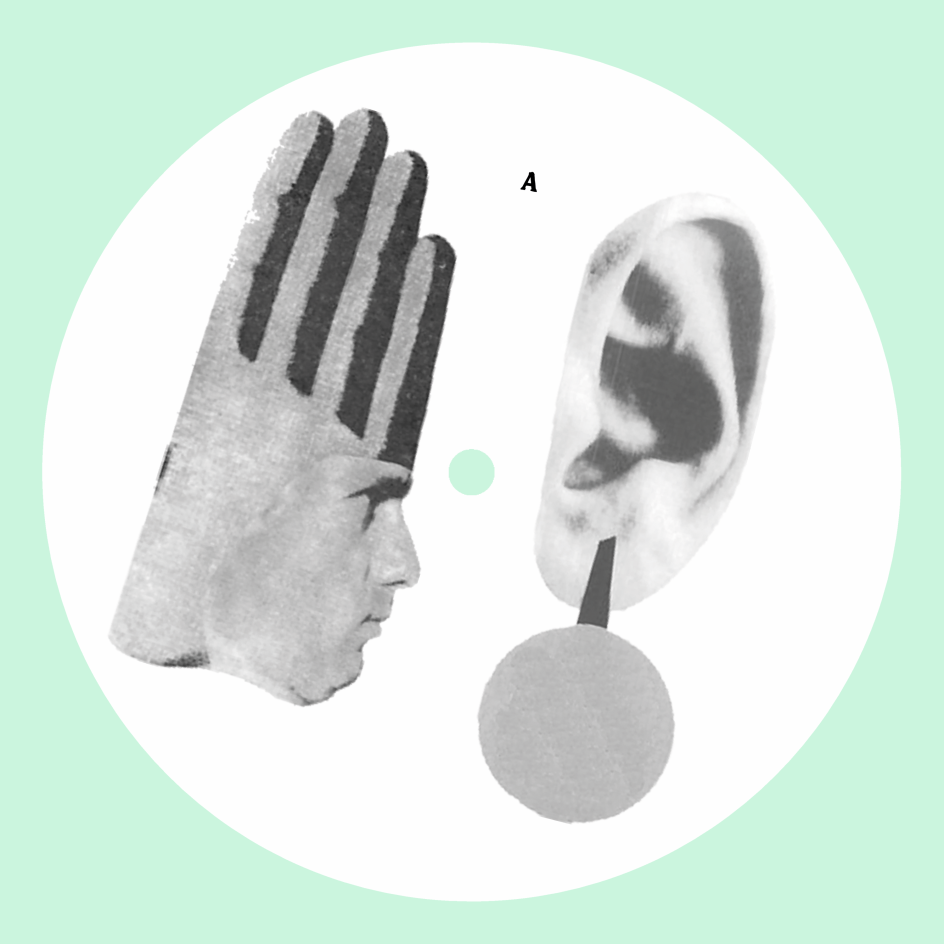
Late Works: Of Noise, A side sticker
Tell me more about how you designed the materials for the 'Of Noise' vinyl release?
Once the recording was complete, all future imagery could come directly from the instruments and any other by-product of the recordings. There's a transparent die-cut sticker consisting of a variety of shapes on the front cover: this is a collage of each instrument cut out from every other instrument in every possible permutation, arranged together. You can see ghosts of each instrument without being able to specifically define each one, creating a democratic piece of design that doesn't favour one artist over another. This is also important to Late Works' designs and the ethos in general that all artists involved are displayed with an equal footing.
Inside the vinyl, a concertina Risograph printout features all of the information about the tracks and the artists, with pictures of the instruments and a visualisation of all the samples used to make the tracks on the back. This sample map carries through to the digital version of the album cover, which is different because of the difficulty of transferring the transparent cover to a flat 2D design. The samples are a visual representation of every single noise made by the instruments for the album, so it is only fitting that they sit on the front of the album cover.
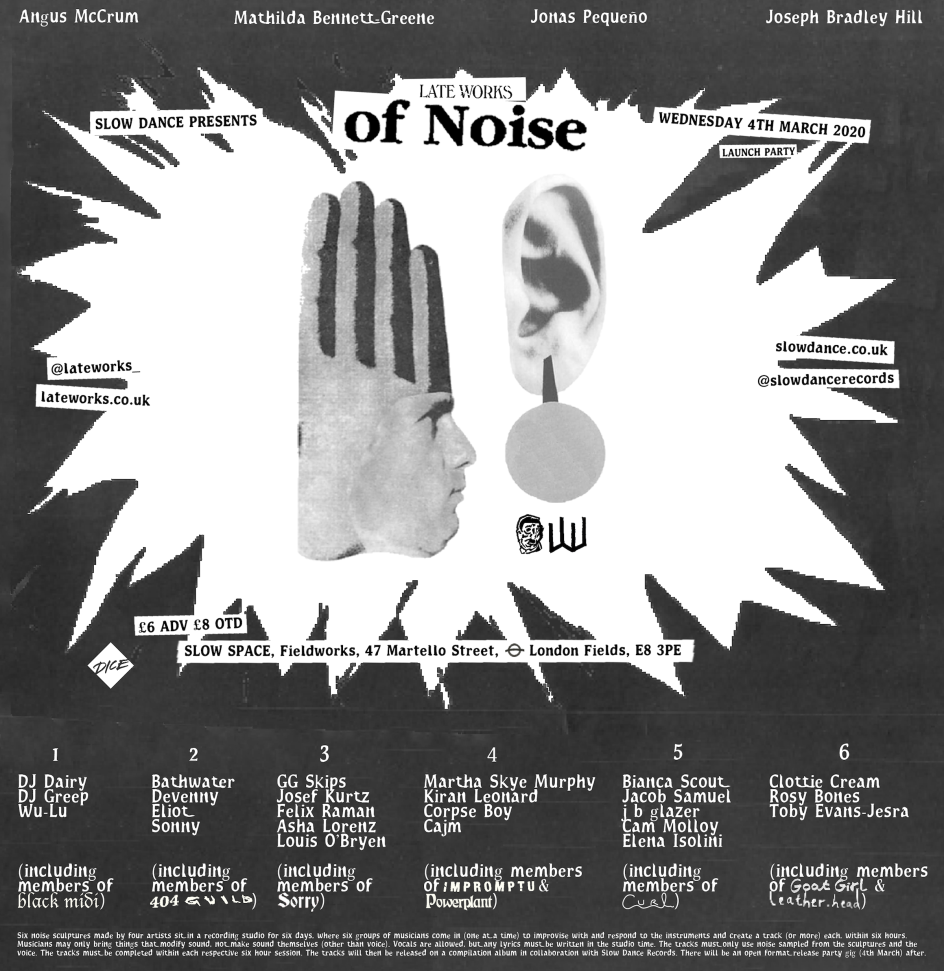
Late Works poster
Where does the name Late Works come from?
The name Late Works started with just the word 'Late'. I was interested in its alternative meaning as something that happens closest to the present moment (think "artists of late"). The 'Works' part came maybe a week later. I broke it down recently for a rule book I'm working on with all of the instructions for the events.
Homographs (words that are spelt the same but mean different things) are based on the majority of Late Works events (SLIP, LOOP). The words "Late Works" bear the obvious link to artworks created at the end of life, but I like the idea that because of the improvised nature of my events, the works are created as late as possible, in the most exciting moments closest to the present.
I remember describing to a bookshop owner what I did and that if you searched Late Works, Rembrandt was still the top result. He came out of his office a few moments later saying, "you've pipped Rembrandt!" The search bar shows you the homograph's power as you type in terms that you may be unaware mean something completely different in another culture or language.
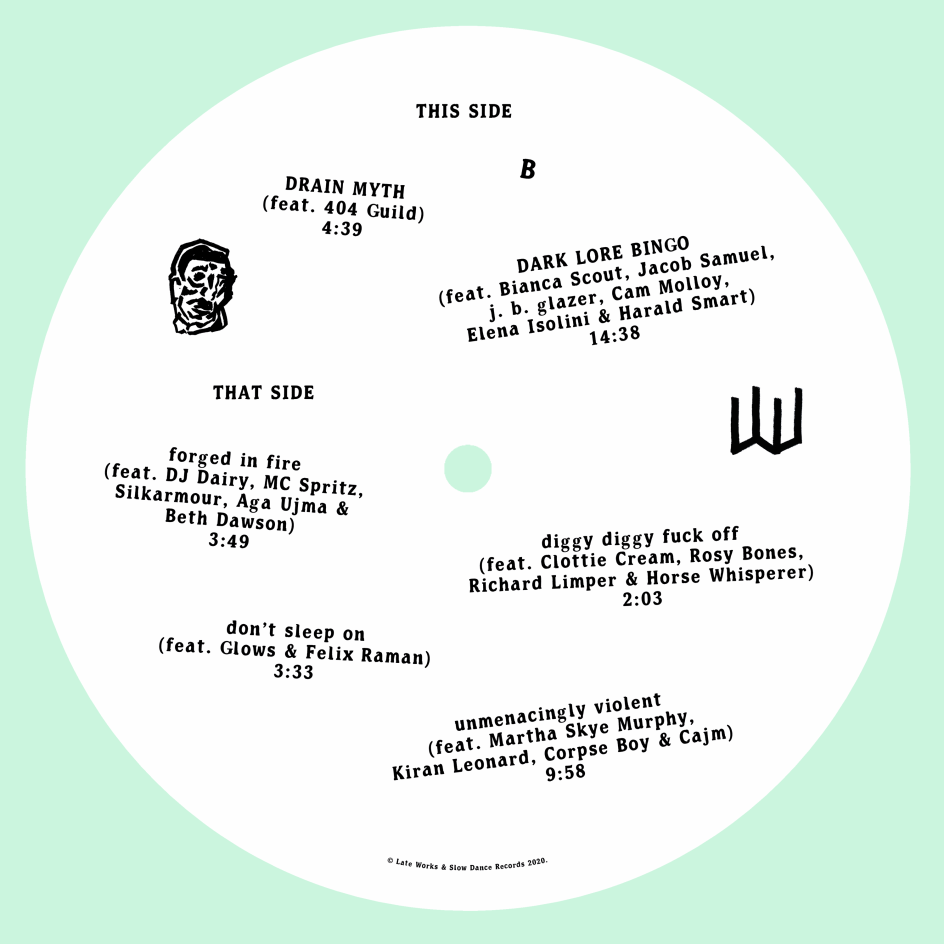
Late Works: Of Noise, B side sticker
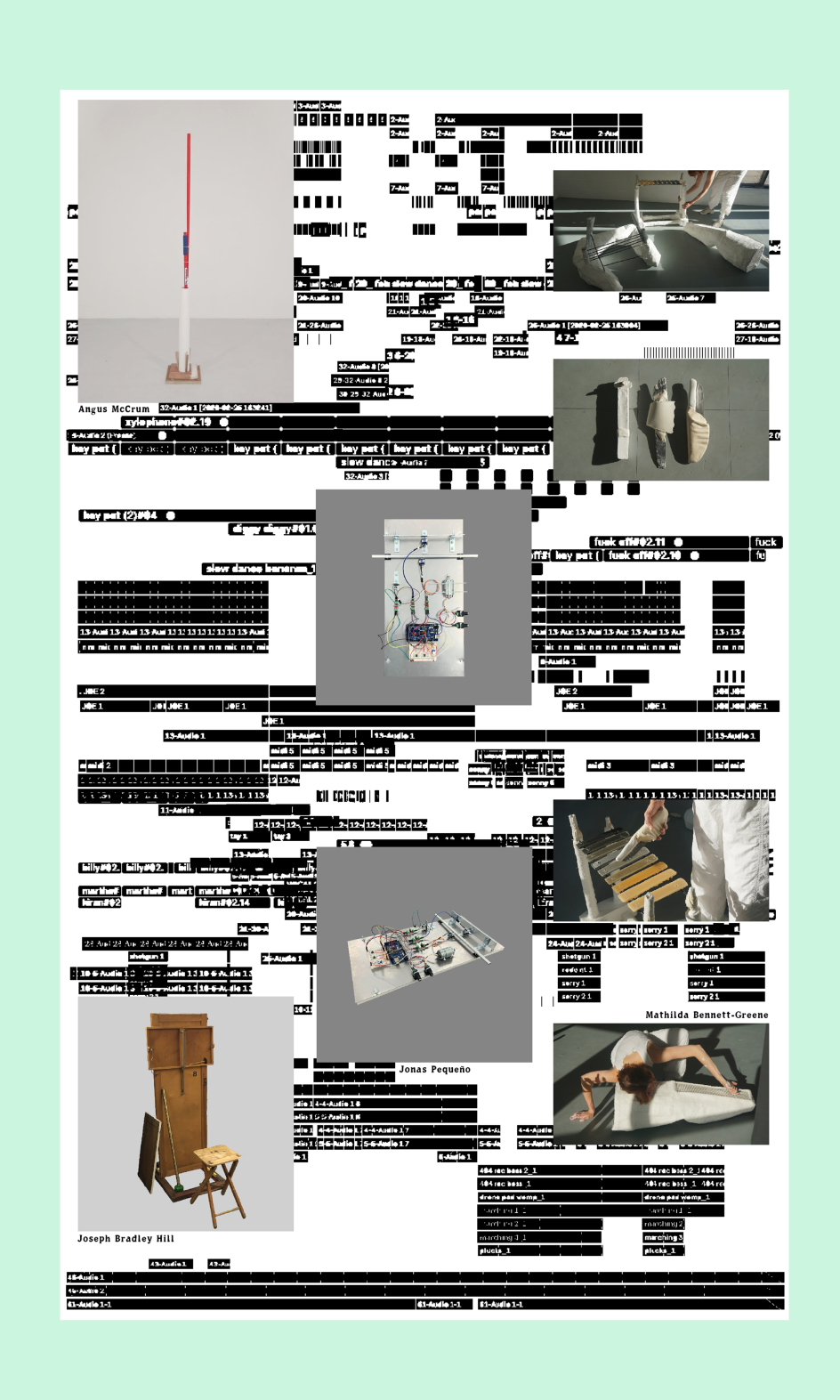
Late Works: Of Noise, Concertina (back)
What's your background in terms of graphic design?
I studied at Falmouth University in Cornwall, first a Foundation, then a BA in Graphic Design, under Timothy Donaldson's tutorship. He was never formally my tutor but gave me every useful bit of knowledge I gleaned from my degree and most of the historical knowledge and seeds of influences for Late Works. Tim saw in my work a love for unlimited semiosis and suggested I try to work for/with artists instead of designers.
I was a big type head and designed many typefaces, but when I started on a permutational project that aimed to encompass every typeface ever designed (which would need to be completed by an algorithm), the idea of speculative, open-ended instruction-based works was all I could think about. I started Late Works a couple of months after I left my degree.
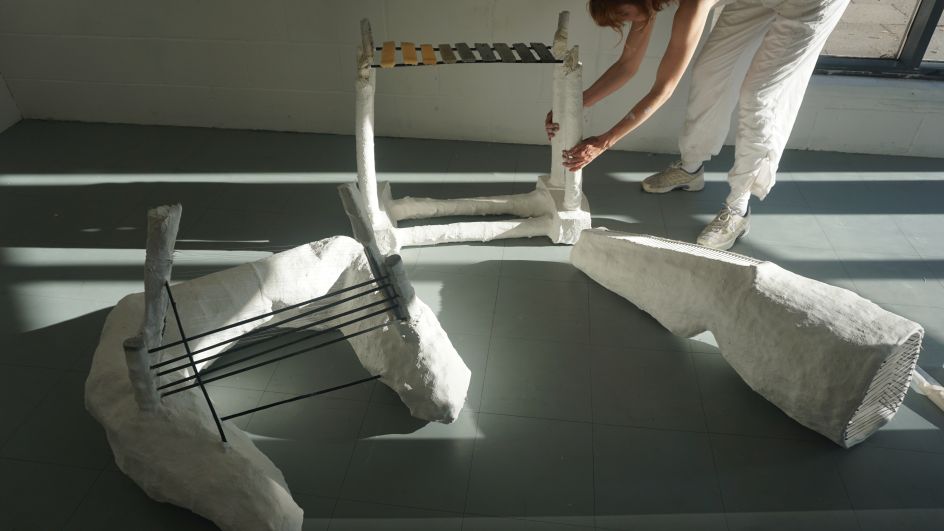
Mathilda Bennett-Greene, Of Tool Set
With the visual identity, can you tell me more about where you sourced your images? Was it a Google search for "noise"?
Almost. I always delve through archive.org first, mainly to find typography for each concept's wordmark. I used to make music and music videos sampling the open-source Prelinger Archives, and the site can be a treasure trove of inspiration.
Much like what I was talking about with the search bar, the results can be extremely far-reaching. I try and only use images from artists involved in the events, so there's no extraneous imagery. The head, hand and ear for 'Of Noise' is a special case.
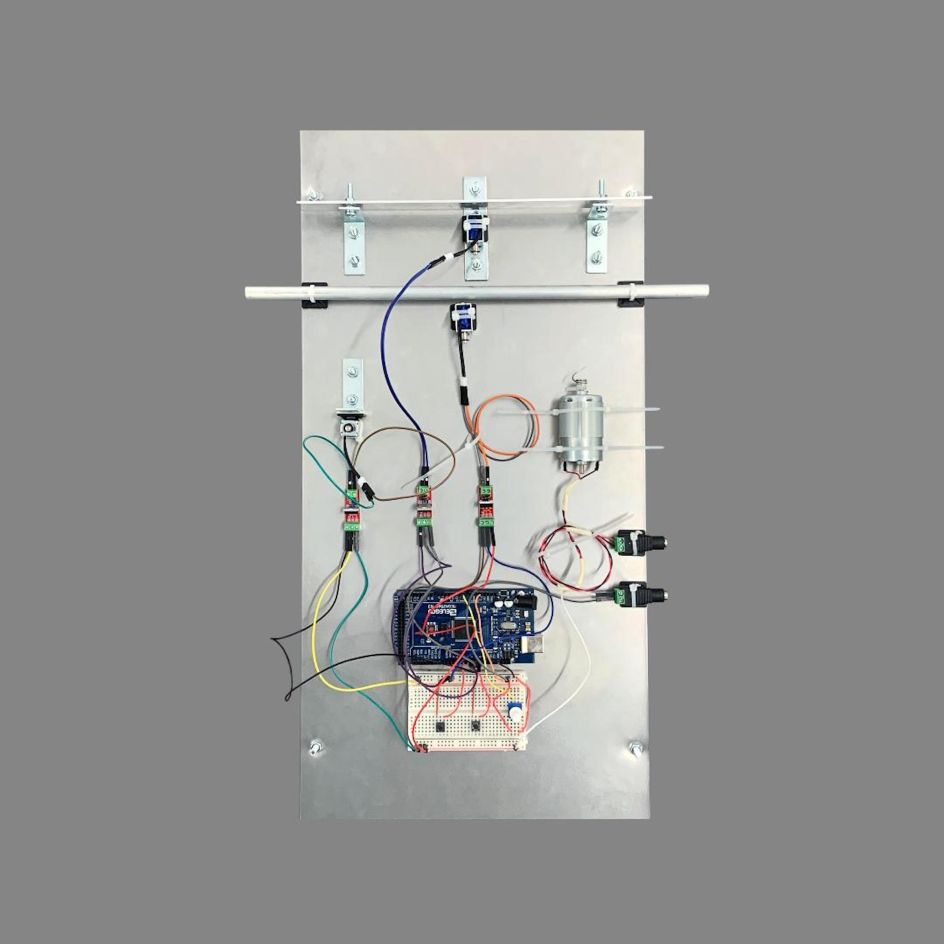
Jonas Pequeno - NA
Aside from the Futurist manifesto, what other art, historical, cultural or musical movements does Late Works draw inspiration from?
I've found that a lot of the people I look to were designers who started art movements, like Fluxus (George Maciunas), Wiener Werkstatte (Josef Hofmann, Koloman Moser) and Bauhaus (Walter Gropius, Herbert Bayer) alongside other movements like Surrealism and the work of the Bloomsbury Group. Most of them examine the idea of a total work of art/gesamtkunstwerk and expand their practice beyond traditional fine art and design boundaries. A major, major influence is John Berger's Ways of Seeing!
I play a lot of the influences on Late Works on our monthly radio show – they really can come from anywhere, and I think humour is quite an important part of it. I take a lot of inspiration from Monty Python, Marcel Duchamp, Marshall McLuhan, Steve Reich, Laurie Anderson, Yoko Ono, George Brecht, Francis Alÿs, David Lynch, Simon Jeffes (Penguin Cafe Orchestra), Mark Leckey, John Cage – the artists that I work with and want to work with in the future, and the relationships that we build.
One of my major inspirations was the '80s or '90s magazine I stumbled upon a few copies of called The Fred ("the thread" but spelt wrong so that posh people would mispronounce their "Th"). I met with the editor after a long, long search, as copies of it are next to impossible to track down. When I met him, I found that I'd managed to get more copies than he owned himself!
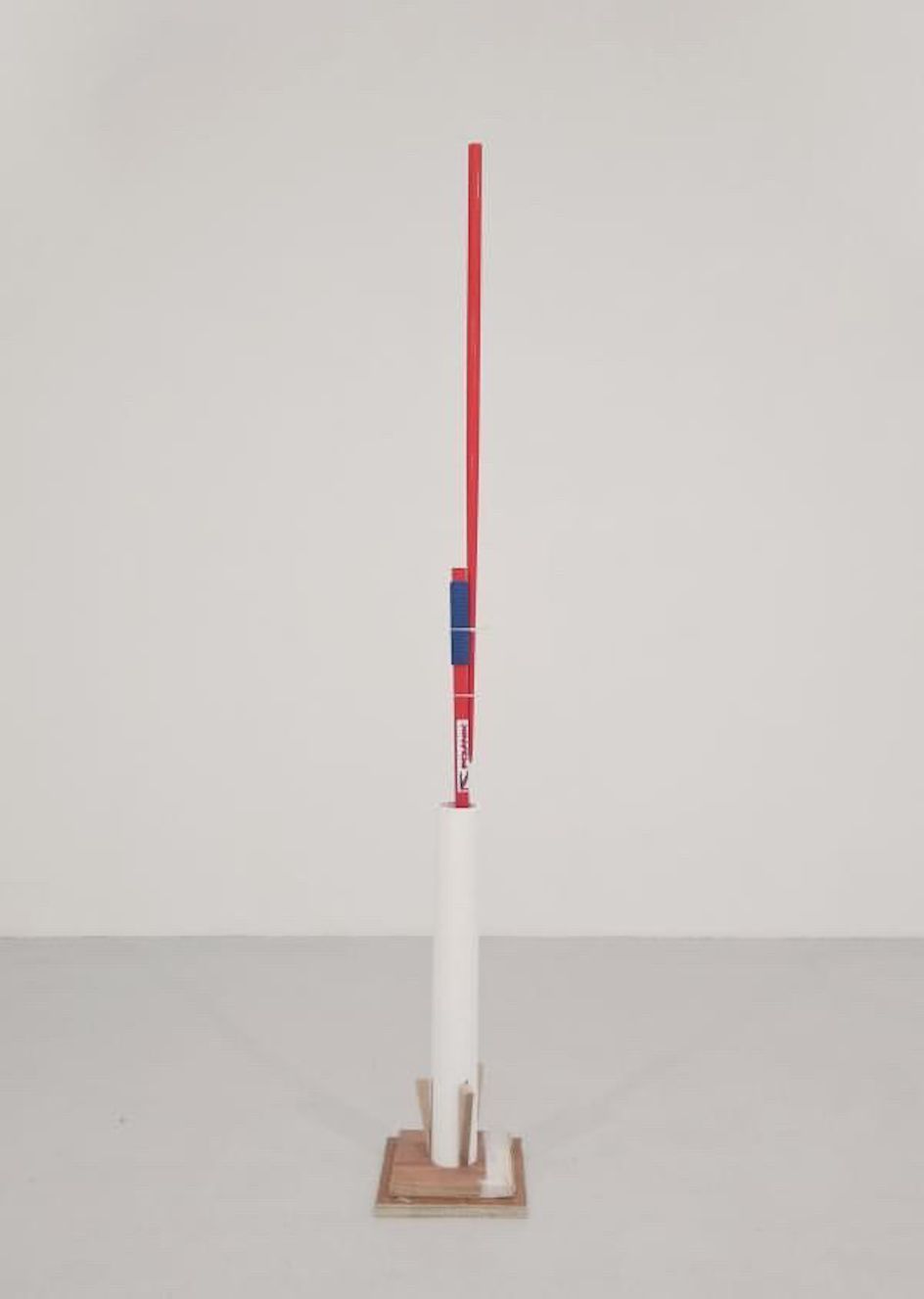
Angus McCrum - Cast from the Track
What do you look for in a collaborator?
I try to meet everyone in person who will take part because you can only tell so much from an artist's digital presence. In person, it can be quite an instant feeling of knowing you want to work with them. I need people who aren't afraid of stepping into something they've never done before and who don't expect perfection. Late Works are never rehearsed, so the first version of a concept is always a live (nail-biting) test of its viability for both the artists and the audience. Some concepts fit artists like a glove, and I love it when they enjoy it as much as I do.
If you're collaborating with someone, you also have to get on, and a friendly community is essential to me. A supportive environment is essential for everyone involved to thrive and enjoy themselves, so I look for and ask people who make this a reality. Through active research and recommendation, I find artists so that there is already established trust or one that can be built.
One of the most exciting things for me is witnessing the new collaborations and relationships spawned from Late Works. The sheer joy of seeing something click in these moments is what keeps me going.
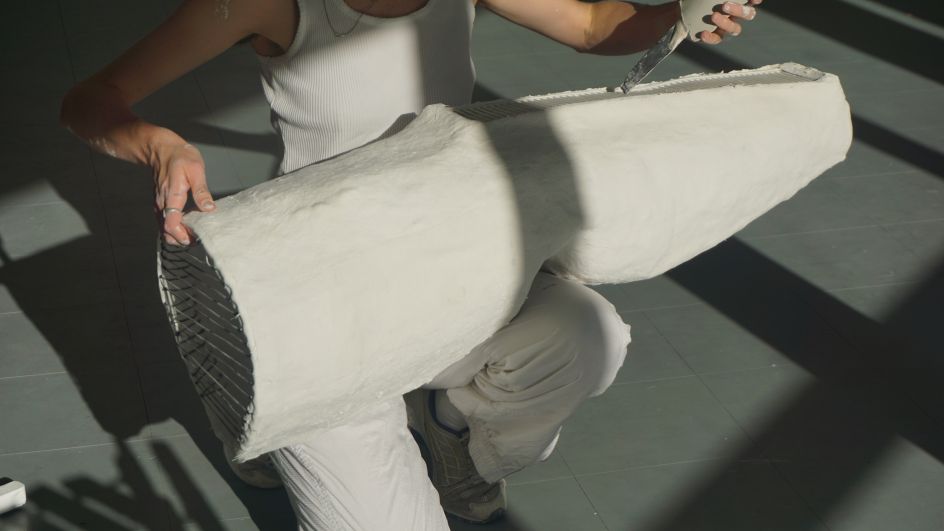
Mathilda Bennett-Greene - Teeth Tool, Shoulder Harp
How did you go about making the Late Works: Of Noise vinyl record?
Six groups of musicians came to a recording studio to create tracks with six sculptures/instruments built by artists Mathilda Bennett-Greene, Angus McCrum, Jonas Pequeno and myself. Each group had six hours to create a track (or more), sampling only the instruments and vocals.
The concept for Late Works: Of Noise takes its inspiration from Luigi Russolo's 1913 Futurist manifesto The Art of Noises and his six "families of noise".
For Late Works: Of Noise, we selected six of our own 'families' of musicians, with each group attributed to one of Russolo's original six classifications, but we'd rather you made those associations yourself.
The entire EP was recorded at Slow Dance HQ in London Fields between 25-29 February 2020.
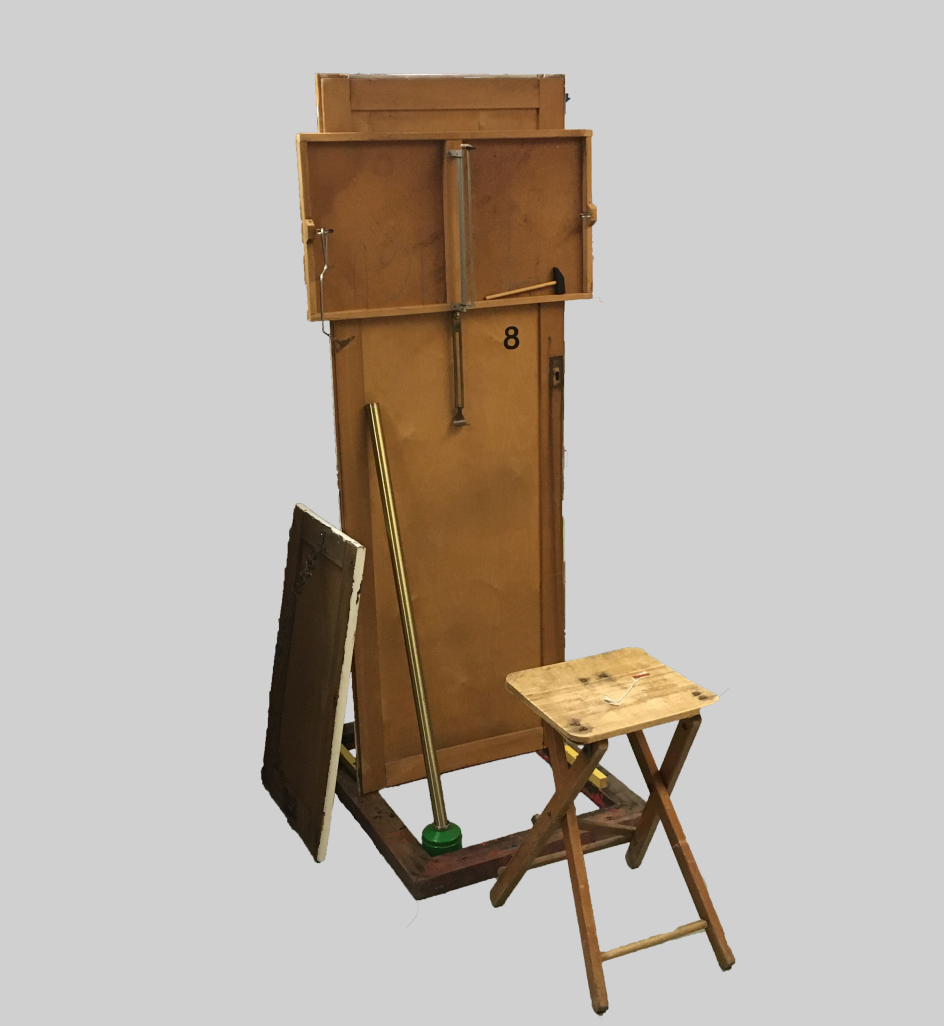
Joseph Bradley Hill - Arms Legs
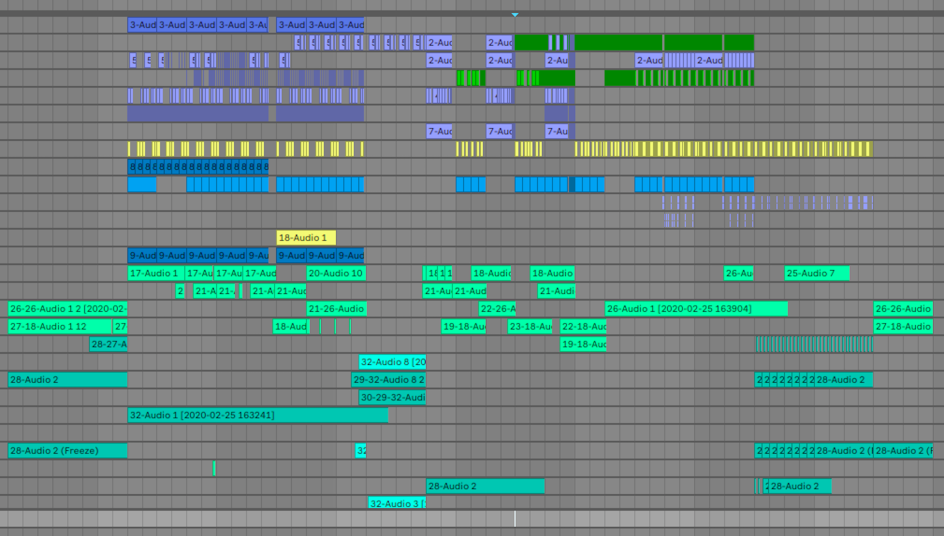
Black Midi samples
](https://www.creativeboom.com/upload/articles/c0/c0f4833513a758427120283374013d6da0e2b37d_732.png)














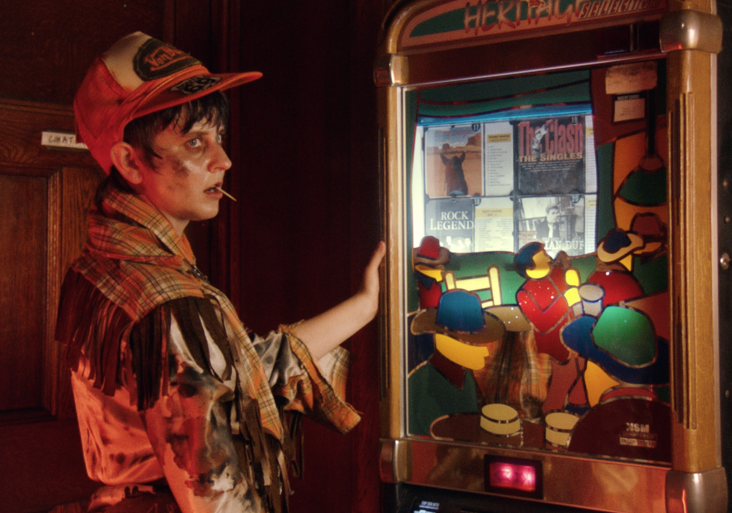
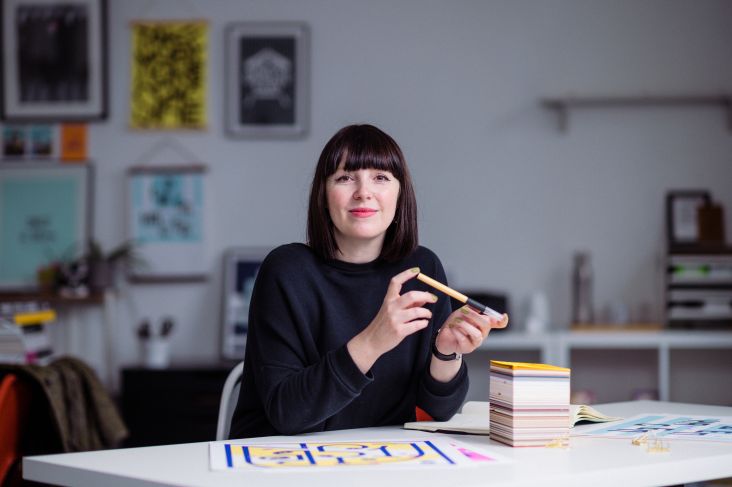
 © Lucy Emms](https://www.creativeboom.com/upload/articles/aa/aa879f68811d007801c8b976e6fc62c39467cdfc_732.jpg)
